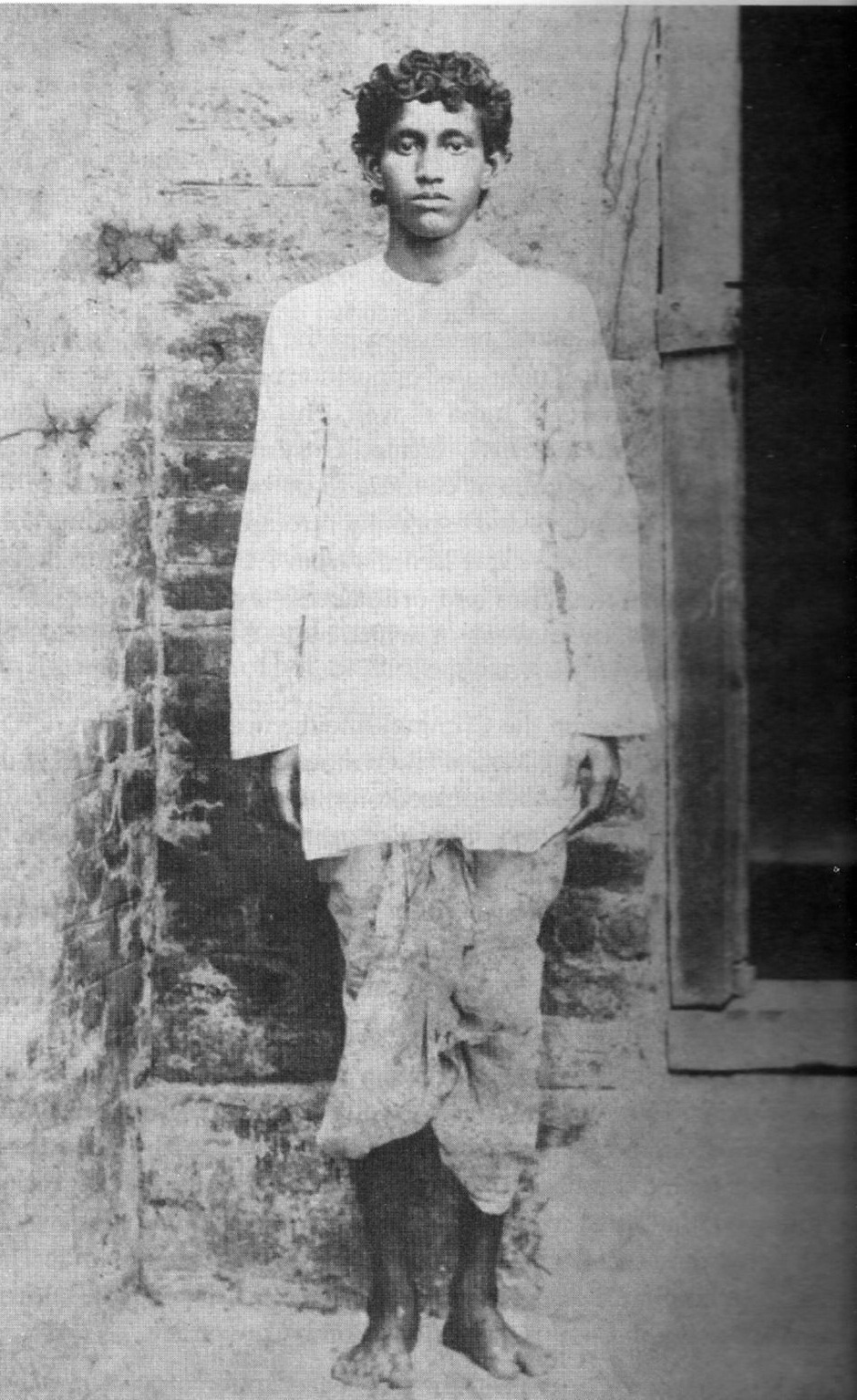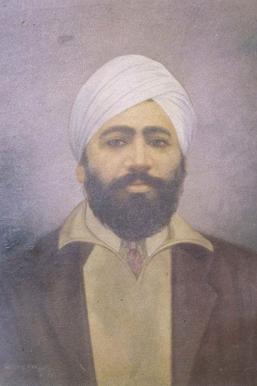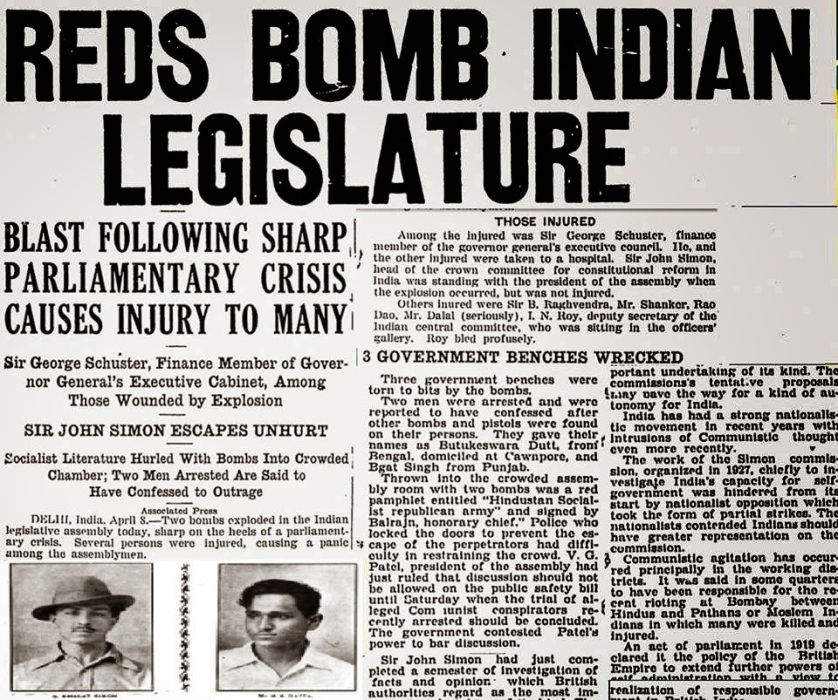The closing years of the 19th century witnessed the emergence of a new trend in India’s struggle against British Rule. A new way of nationalism was becoming visible that relied on the use of the violent method. This trend in the Indian National movement was known as the “Revolutionary Extremist Movement “.
“Abhinav Bharat” of V.D. Savarkar, Hindustan Republican Association of Chandrasekhar Azad & others, Hindustan Socialist Republican Association of Bhagat Singh, Bhagvati Charan Singh Vora & INA of Rasbihari Bose, Subhash Chandra Bose was the extremists of same.
The emergence of Revolutionary Extremist
Revolutionary Extremist Movement was response & reaction to politico-administrative, socio-cultural, eco-condition prevailing in India. The colonial character of British Rule existing in India was a fundamental factor responsible for Revolutionary Extremist.

The British Rule in India was despotic, anti-people, resist, unethical in moral & exploitative in character every section of Indian society was suffering immensely under British Rule. The discontent produced by this suffering forced the Indian nationalists of the younger generation to resort to revolutionary methods to fight against British Rule.
The failure of Early Nationalist in producing any concrete result compelled leaders of the younger generation to turn their face towards radical Revolutionary methods. Nationalists of the younger generation were not satisfied with the idea of gradual reference, they wanted quicker results. To achieve these objective Revolutionary methods were adopted. The failure of peaceful mass movements such as the “swadeshi movement” (1906-22), the Non-Cooperation Movement (1920-22) & the Civil Disobedience Movement (1930-31), shattered the faith of young nationalist inefficacy of mass agitation. They gradually got convinced that the politics of mass agitation will yield no result & British Rule had to be over the throne by using force.
The influence of contemporary development also contributed to the rising of the Revolutionary Extremist Movement in India British Rule Revolutionary national activities were going on in Eastern Europe against Austrians & Ottoman rule. The victory of Ethiopia against Italy (1896) & the victory of Japan (1905) against Russia also greatly embolden India’s nationalist. They also started believing that India can also succeed against British Rule.
The serious economic difficulties being faced by the masses & British policy of extreme repression even during this are of crisis were also responsible for the emergence of the revolutionary extremist. When the epidemic of plague stuck western India in 1896-97. People suffered less due to the plague & more due to the human repressive measures by the community laid Mr. Rand. Millions of Indians were died due to famine that destructs India 1896-97, 1899-1900. In 1898, the code of criminal procedure was amended to insert A.124 (A) that made the preaching of nationalists are seditious offense.
By using this clause Tilak awarded 18 months Rigorous Imprisonment. These suppressive measures of British Rule left young generation nationalists with no option but to declare all-out war against British Rule by taking up bombs & pistols. The teachings of leaders like Sardar Ajit Singh (Punjab), Raj Narayan Bose & Ashwini Kumar Datta (Bengal), and V.O. Chidambaram Pillai (Madras) persuaded the nationalism of the young generation to develop faith inefficacy of revolutionary methods.
Features of Revolutionary Extremist Movement
This movement was violent in character because the revolutionary attacked the officials & institution of British Rule directly by using bombs & pistols. Revolutionaries believed in the efficacy of bombs & pistols because they were convinced that it takes loud noise to make the deaf hear.

Revolutionaries wanted quicker results. They were not satisfied with gradual reforms. The revolutionaries believed in ideas that western bondage of colonial rule could be shattered by the only western hammer of violence. Revolutionary Extremists movement Commenced in parts of Bengal, Maharashtra but gradually it adopted pan India character by two decades of 20th-century activities had started taking place all over the country.
The Revolutionary Extremist movement had international dimensions as well because the revolutionary act was limited to Indian boundaries only. In 1905, India’s home rule society was established by Shyamji Krishna Verma in London. He published a monthly journal called Indian sociologist. Madam Bhikaji Kama was a prominent Indian Revolutionary in Europe. She was famously known as the Mother of Indian revolutionaries. She established Pan India society & Independent Indian society in pans. She represents India at international (Germany) in August 1907 here she unfurled the tri-color for one time.

Lala Hardayal & its associates started the “Ghadar” movement. In 1913, North America Gadar was also the name of weekly new people published by them. Its copies were circulated in Europe, America & Asia. Madanlal Dhingra was Indian revolutionaries who shot dead William Cruzan Wiley the political attaché of the Indian house. In 1940, Sardar Udam Singh assassinated Sir Mikel O’Dyer, he was led Governor of Punjab at the time of the Jalianwala Bagh massacre.

INA was established by Rasbihari Bose, Captain Mohan Singh & others in Singapore in 1942. Later on, the command was handed over to C. Bose. The INA comprised Indian prisoners of wars captured by Japanese forces. It tried to liberate India through direct military action. Revolutionary Extremist Movement evolved with time.
Evolution of Revolutionary Extremist Movement
Nature & character of Revolutionary extremist character evolved with time. This evolution could be seen at the organization level, changing the nature of outlook towards violence & changes in the understanding of fundamental factors responsible for the sufferings of masses. During the early decades, the Revolutionary Extremist Movement didn’t have any Pan India organization local associations such as Mitramela (1899), Anushitan Samiti (1902 Pulin Das), Abhinav Bharat (1904) were being used by Indian Revolutionary to fight against British Rule.
During the 1920s, for the first time, Revolutionary Extremist Movement gained the Pan India platform in form of the Hindustan Republican Association established, Chandra Shekhar Azad, Ram Prasad Bismil, Sachindranath Sanyal at Kanpur. During the early years, the Indians Revolutionary let proper understanding of the strength & weakness of British Rule. They were under impression that the assassination of few officials will terrify the British to leave India. They were excessively relying on violence.
By the late 1920s, this over-reliance on individual terrorists had given way to action aim that generates Revolutionary awakening among the masses. It was because of this reason Bhagat Singh & Batukeshwar Dutt threw bombs in April 1929 in central legitimacy on empty benches. The idea was not to kill anybody-intensions was to pull the attention of people towards the limitation of the public safety bill & trade dispute bill by the Central Legislative Assembly under the pressure of the Governor-General.
Understanding of causes of the sufferings of Indian masses also evolved with the time of Indian revolutionaries. Initially, Revolution was under impression that the end of British rule would wipe out the sufferings of masses completely but gradually they realized that most of the causes responsible for Indian common masses were inherent in Indian socio-economy structure.
It was because of this understanding, Indian revolutionary via Bhagat Singh, Bhagvati Charan Vohra, and Sukhdev faith inefficacy of socialism. The renaming of the Hindustan Republican Association as the Hindustan Socialist Republican Association in 1928 was a reflection of the same.
Another dimension of the evolution of the Extremist Movement could be seen in form of the emergence of INA. The establishment of INA transformed the revolutionary extremist movement into full plea edge army that was ready to take on British Rule in the face to face battle.
Significance of Revolutionary Extremist Movement
Revolution Extremist represented one of the most important branches of Indian nationalism throughout the history of India’s struggle against British Rule. Though their contribution to causing Indian freedom struggle was quite limited their indirect contribution was immense.
Revolution lay by extremists rather than through speeches & writing. They were most committed nationalists as they were always ready to lay down their lives for the motherland. Their sacrifice infused new energy & a sense of dedication among Indian Nationalists.
Revolution provided an alternative method for the struggle to Indian Nationalists in their fight against the British. As a result of these, even that nation could participate in an anti-British struggle that had no faith in moderate, Extremist & other nationalists.

The assassination of unpopular British officials by revolution provided immediate relief to the common masses. Arthur Mason Tippetts Jackson, the unpopular DM of Nasik was assassinated by Anant Laxman Kanhere in 1909. Saunders, an Assistant Superintendent of Police who Lathi charged Lala Lajpat Rai was killed by Bhagat Singh, Raj guru & Chandrasekhar Azad. His murder gave a great sense of Indian Nationalist who was.
Revolution contributed immensely to spread nation awakening in the native state. On many occasions, Indian revolutionary used to escape in the native state after executing their operation in British India. During their stay in the native state, revolution awakens the masses. Such an impact was clearly visible in a native state such as Tripura which was far off. Act of Indian revolutionary affected mainstream nationalists as well.
Tilak praised the Chapekar brothers. He also praised the heroism of the Bengal revolution & on both occasions he had to suffer imprisonment. Gandhiji had to face intense ire of masses in 1931 when he failed to make the Gandhi-Irwin pact conditional to conversion to Bhagat Singh, Sukhdev, Raj Guru, into life imprisonment. At Karachi, Gandhi praised the supreme self-sacrifice of Indian revolutionary.
Jawaharlal Nehru praised the Bengal revolution laid by Surya Sen for which he was awarded two years of rigorous imprisonment. Red Fort trial of INA officials such as Captain Mohan Singh, Shahnawaj generated intense reaction from masses extremist radicalization witnessed all over India when these trials being conducted congress had appointed a group of lawyers laid by Bhula Bhai Desai to defend INA officials.

